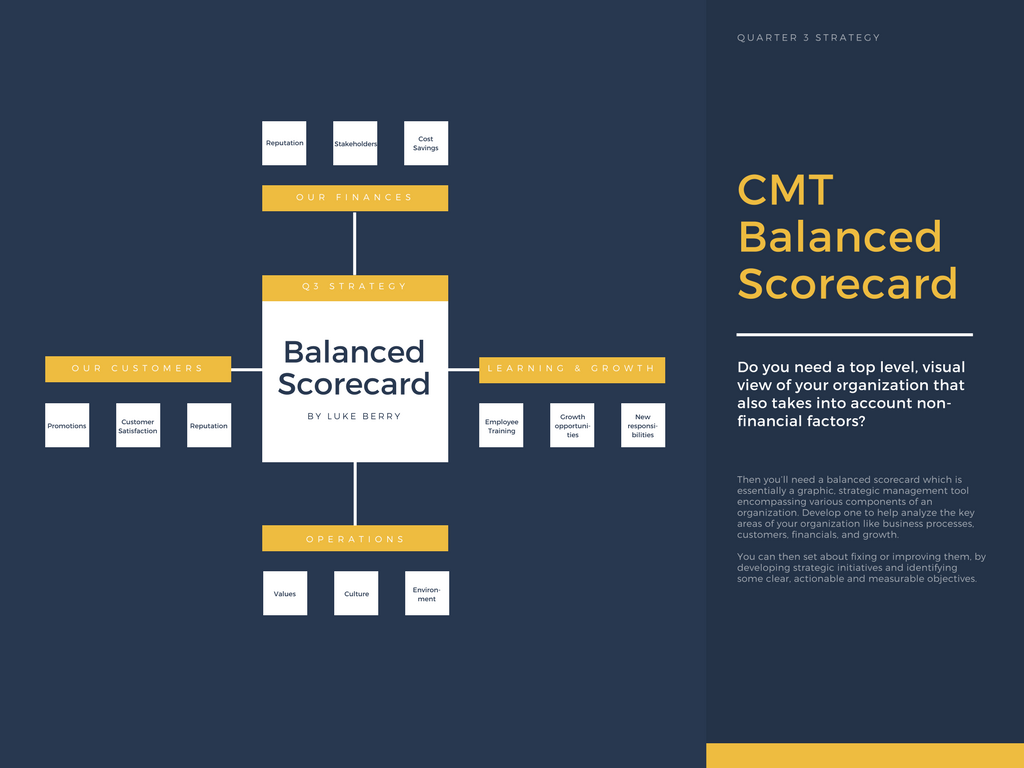Organization Chart Non Pfrofit
A Non-Profit Organizational Chart is basically an Organizational Charts which is also referred as an organization chart or an org chart, also known as organigram (me) or an organogram but pertaining to NGOs or a particular Non-Profit Organization. It typically illustrates the relation that exists between the people of an NGO. Nonprofit org charts, also known as hierarchy charts, help organizations visualize management by illustrating your staff’s roles, relationships, and ranks. In the past, these charts were exclusively used by HR to keep track of positions and determine where to hire or shift roles. The most complete project management glossary for professional project managers. Company, a school district, a city, or a non-profit organization, will face intense. Checkykey.com behaviour-chart-template.
- Organizational Chart Non Profit Organization
- Staff Organization Chart Non-profit
- Staff Organization Chart Non-profit
Whether you’re launching a brand-new nonprofit or just trying to get more organized, it can be hard to know where to begin. When it comes to accounting, the first step is to create a chart of accounts. The chart of accounts (or COA) is a numbered list that categorizes your financial activity into different accounts and subaccounts. Every nonprofit organization has a unique COA that depends on your specific programs, revenue sources, and activities. But in general, your COA should follow some standard guidelines and numbering conventions.

Organizational Chart Non Profit Organization
A chart of accounts is commonly numbered as follows:
Statement of Financial Position
Assets: 1000-1999
Liabilities: 2000-2999
Equity/Net Assets: 3000-3999

Statement of Activities
Revenue: 4000-4999
Expenses: 5000+
This means that any assets owned by your nonprofit (like bank accounts, investments, property, and equipment) should be numbered in the 1000 range. Liabilities (like loans, mortgages, and accounts payable) should be in the 2000 range. Your organization’s restricted and unrestricted net assets should be numbered in the 3000 range. Revenue from donations or sales should be in the 4000 range, and expenses for programs, utilities, salaries, and everything else should be numbered as 5000 or above.
When you’re numbering your accounts, follow these three rules:
Keep things simple. You don’t need separate accounts for paper, pens, envelopes, and staples; you can just have one account for office supplies. If you need more detailed layers of organization, you can add class codes.
Group similar accounts together. It’s easier to read and understand your financial reports when your accounts are listed in a logical order.
Leave room for growth. You can’t group similar accounts together if all the numbers are already taken! Think about how your needs might change in the future, and leave gaps between your account numbers so you can add new accounts later.
Staff Organization Chart Non-profit
Below is a sample chart of accounts for nonprofit organizations. Remember, this is only an example – your nonprofit might have different types of revenue and expenses, or own different assets that will alter your chart of accounts. Use this as a guideline, and think carefully before you finalize your account numbers. Build a solid framework that you can easily add to in the years to come!
Staff Organization Chart Non-profit
1010: Checking (Bank Account)
1030: Savings (Bank Account)
1110: Investments
1210: Accounts Receivable
1310: Inventory
1410: Prepaid Expenses
1510: Property
1530: Equipment
1590: Accumulated Depreciation
1690: Accumulated Amortization
2010: Accounts Payable
2100: Accrued Salaries
2110: Accrued Payroll Taxes
2115: Accrued Employee Benefits
2150: Accrued Property Taxes
2200: Deferred Revenue
2300: Credit Card Payable
3100: Unrestricted Net Assets
3200: Temporarily Restricted Net Assets
3300: Permanently Restricted Net Assets
4010: Donations and Grants – Individuals
4020: Donations and Grants – Government
4030: Donations and Grants – Foundations
4110: Special Events – Sponsorships
4120: Special Events – Auction
4130: Special Events – Ticket Sales
4200: Program Revenue
4300: Sales of Merchandise
4500: Membership Dues
4600: In-Kind Contributions
4700: Temporarily Restricted Income
4800: Permanently Restricted Income
4900: Interest Income
4910: Dividend Income
5000: Salaries and Wages
5010: Payroll Taxes
5030: Health Insurance
5040: Dental Insurance
5050: Retirement Benefits
5060: Workers Compensation
5070: HSA Contributions
6000: Depreciation Expense
6100: Amortization Expense
7000: Cost of Goods Sold
8000: Fundraising Expenses
8100: Special Event Expenses
8200: Program Expenses
8300: Marketing and Branding
8310: Advertising
8410: Contract Services
8420: Accounting Services
8430: Legal Services
8510: Rent Expense
8520: Utilities
8525: Telecommunications
8530: Maintenance and Repairs
8540: Office Supplies
8550: Printing and Copying
8560: Postage and Shipping
8570: Licenses and Permits
8610: Bank Fees
8620: Merchant Service Fees
8810: Board Expenses
8820: D&O Insurance
8890: Miscellaneous Expenses